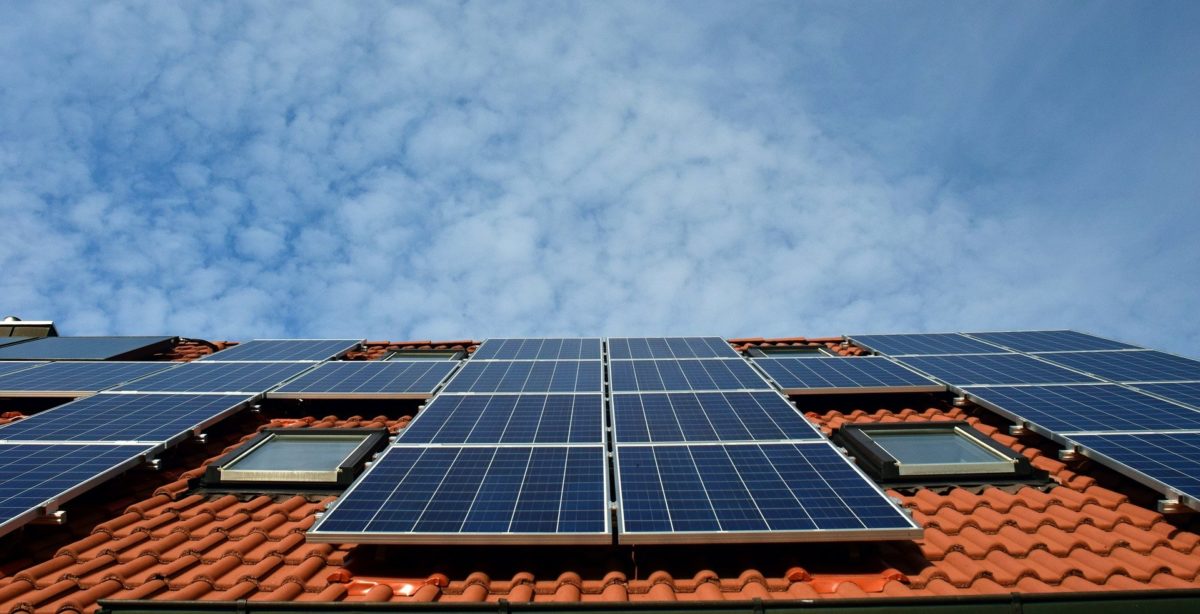I think this is where the pro-solar folks kind of fumbled the ball in the negotiations with the CPUC. The pro-solar crew made a concession similar to yours where they felt some increased minimum monthly cost was reasonable for NEM 3.0 to cover fixed costs. After all, the pro-solar folks thought the cost shift issue became something they had to help remedy. Groups like the Sierra Club, / CALSSA / SEIA wanted to try and meet in the middle/compromise. And that's where they got boned. Being a team player in a negotiation = getting rekt.
The problem is the pro-solar groups don't actually know what is fair. The CPUC wouldn't go on a "hunch" here. The Sierra Club proposed a $14 per month fixed cost fee. And you're saying $25 a month? fuggedaboudit. These are made up numbers according to the IOUs.
The CPUC agreed and demanded proof of what is a fair "grid benefits charge". To determine what is fair, the CPUC turned to the IOU's. I mentioned earlier that G Morien became the "IOU expert" to provide what is a fair interconnect per month NBC for a solar customer to pay. And here's the snippet from the formal Joint IOU submission. Note the fee is per kW DC (not AC!). All of the supporting materials and spreadsheets were uploaded and available for download somewhere, but I'll be damned if I can find that link again.
View attachment 813861
Also, keep in mind the IOUs felt this proposal was LOW. The Joint IOUs added that their proposal didn't account for the "TOU peak" true cost. The IOUs said that the GBC should be higher if the CPUC wanted the solar customer to "pay their fair share" of the
peak time grid benefit. In that case, the column on the right in the below slide deck snippet would come into play (again, $ per month per kW DC).
View attachment 813864
The CPUC balked at this, and instead "compromised" at $8 kW per month AC. So a 5 kW AC system was paying $480 per year. And of course, the CPUC thought this was "fair" since it's walking down from the Joint IOU proposal.
I think, had this been the only major concession in the NEM 3.0 proposal, maybe we'd be ok and solar would still make some reasonable economic sense for a residential homeowner. But of course the Joint IOUs also convinced the CPUC that residential solar had cratered the value of solar (ugh). And with this second issue, the CPUC accepted the "avoided cost calculator" rate for energy exports instead of the current TOU/retail NEM,
So here's the rub... this means the NEM 3.0 PD to me makes no economic sense* at all to have the system be able to export solar to the grid. It effectively means no NEM is better than NEM 3.0. Does the CPUC care? Nope.
* I'll
@miimura and
@Redhill_qik who you know have analyzed their NEM 2.0 bills (still waiting for the TED talk guys)... Take your systems as you know them today (which are combined PV + ESS). But make these assumptions on an annual NEM calc spreadsheet:
1) Slap on the $8 / month / AC monthly fixed cost as an NBC
2) Replace the value of exports with the ACC rate instead of the existing TOU retail rate. Edit: I used PG&E Zone X myself, but you guys can do whatever.
3) For fairness, remove the NEM 2.0 NBC (that $0.026 per kWh thing that made me want to barf in the other thread)
4) Assume the same imported energy cost as today (don't use the +18% to +25% rate increase in the latest GRC).
With these changes... can you make the math work? Every time I run my numbers, I'm better off just making a solar + ESS system with these proposed rules "NEM-less" (simply only use the solar +ESS as a means to reduce on-site loads but never actually net meter with the grid).








